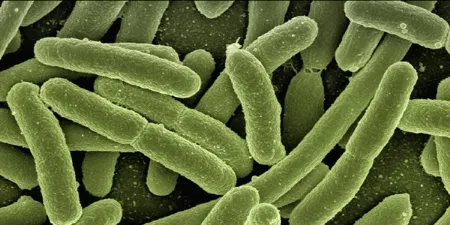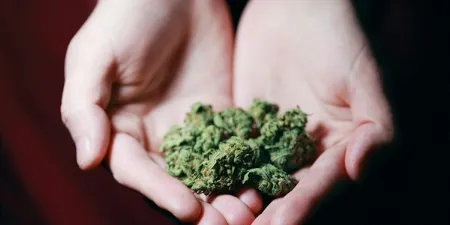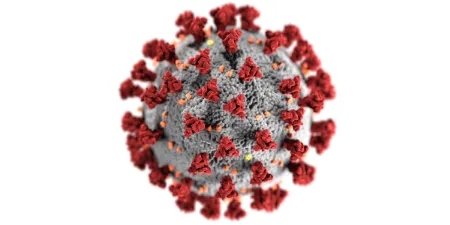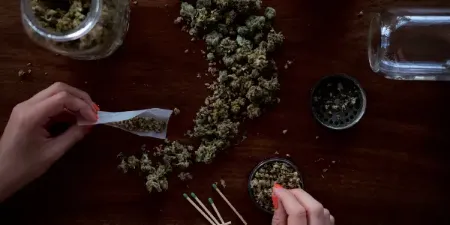BIOPREMIER recently had the opportunity to take part in the implementation of a Molecular Biology laboratory, playing an active role in every stage of the process – from setting up and organizing the space to providing theoretical and practical training for the technical team.
Cookies help us deliver our services. By using our services, you agree to our use of cookies.












